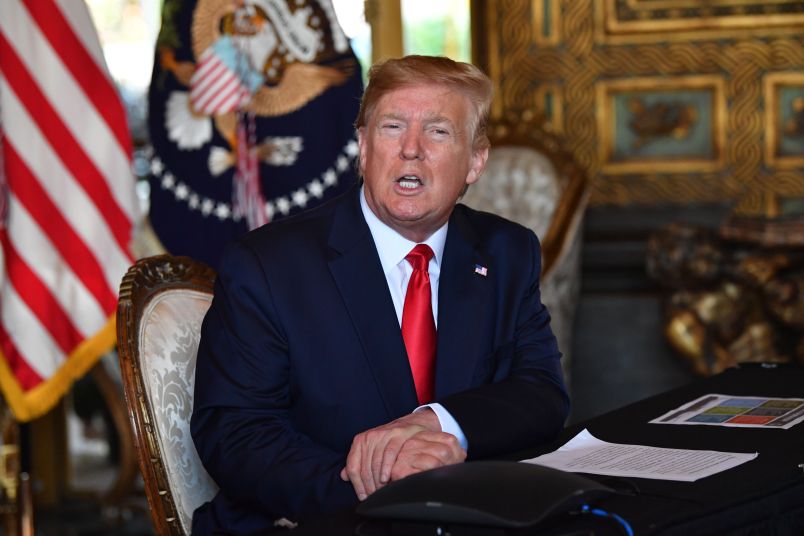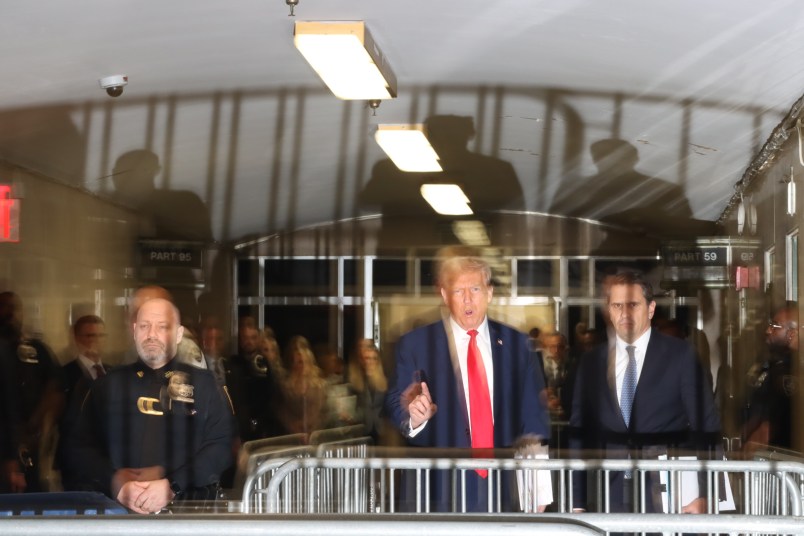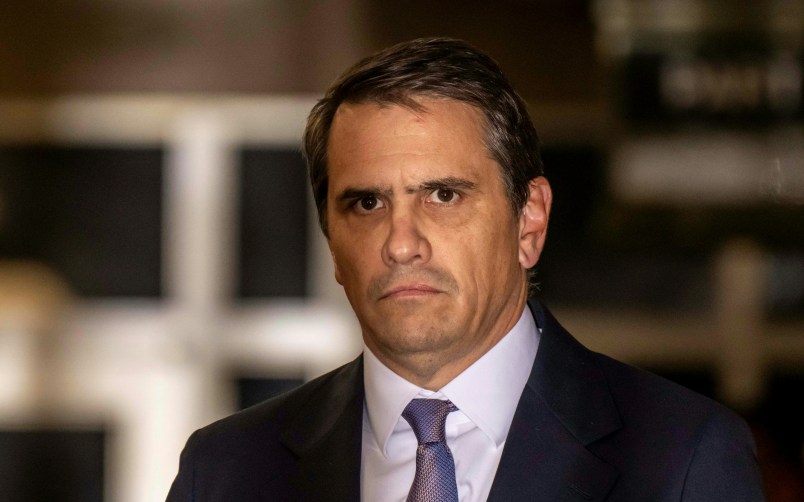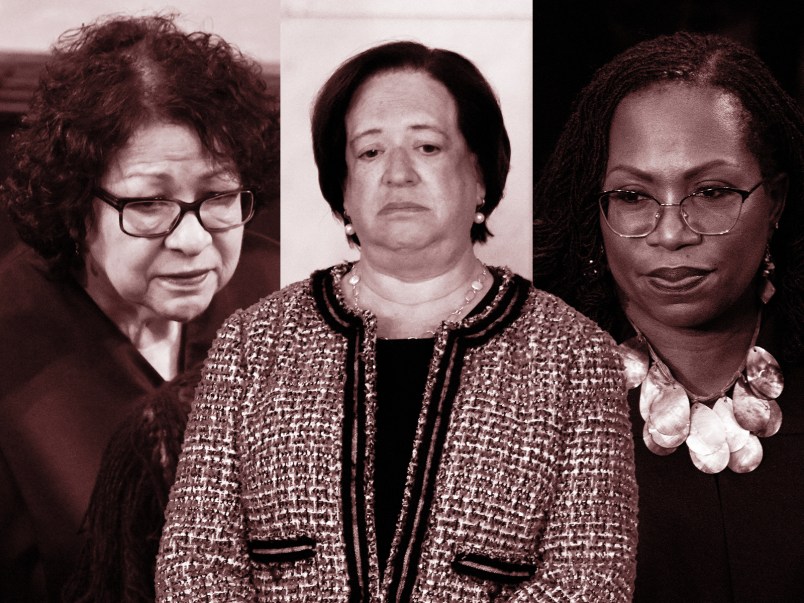Newly leaked emails from the Pentagon add to the pile of evidence showing that President Donald Trump himself ordered a freeze on U.S. money destined to Ukraine, which officials have testified was part of an effort to pressure Ukraine to do Trump’s political bidding.
The emails, which were leaked to Just Security, show communications between the Pentagon and the White House Office Office of Management and Budget (OMB).
For example, after a key meeting between the Defense Secretary and Trump on Aug. 30, two days after the aid freeze had become public, OMB political staffer Mike Duffey emailed the Pentagon.
“Clear direction from POTUS to hold,” he said.
The brief, explosive sentence was one of several emails detailing the President’s orders.
The White House blocked the documents from the House of Representatives’ impeachment probe. The House has approved two articles of impeachment against Trump — one for abusing his power, and another for obstructing Congress’ investigation into that abuse, in part by withholding key documents.
The first indication of Trump’s interest came in June, when Duffey asked the Pentagon’s acting comptroller, Elaine McCusker, about the $250 million military aid package the Pentagon had green lit for Ukraine. “The President has asked about this funding release,” he wrote.
A few weeks later, on July 25, Trump ordered the money frozen just hours after his infamous phone call with Ukrainian President Volodymyr Zelensky, in which he pushed Zelensky to dig up dirt in Ukraine on Trump’s Democratic rivals.
The next day, a read-out of a meeting between Ukraine-focused officials at the Pentagon made Trump’s orders clear — the freeze had come at “the President’s direction via the Chief of Staff in early July.” Defense Secretary Mark Esper read the read-out and “has no further questions,” Esper’s assistant emailed.
As the hold continued for week after week, Pentagon officials became alarmed. If the money wasn’t spent by the end of the fiscal year, on Sept. 30, it would have to be returned to the U.S. Treasury. And if the Executive Branch didn’t notify Congress about such a deferral, it could be in violation of a Nixon-era law, The Impoundment Control Act.
By Aug. 26, McCusker complained in an email that the budget office’s general counsel Mark Paoletta “appears to continue to consistently misunderstand the process and the timelines we have provided for funds execution.”
In an email the next day to Esper’s chief of staff, McCusker said “OMB lawyers continue to consistently mischaracterize the process — and the information we have provided. They keep repeating that this pause will not impact DOD’s ability to execute on time.”
In other words — the Pentagon was running out of time to spend the money before the end of the fiscal year. But when Politico finally revealed the aid freeze publicly in a Aug. 28 article, the White House budget office emailed talking points to staffers, including the line, “No action has been taken by OMB that would preclude the obligation of these funds before the end of the fiscal year.”
McCusker replied that it was “just not accurate from a financial execution standpoint, something we have been consistently conveying for a few weeks.”
She also emailed Esper’s chief of staff expressing concern about the law.
“Do you believe DOD is adequately protected from what may happen as a result of the Ukraine obligation pause?” she asked, adding that she was “concerned we have not officially documented the fact that we can not promise full execution at this point in the [fiscal year].”
By early September, Trump felt the heat: Not only did the world know that he was keeping aid from Ukraine, but the White House had also become aware of a whistleblower’s complaint focused on the Trump-Zelensky call.
McCusker kept emailing the White House, telling them that millions in Ukraine aid would not be able to be spent in time. (Ultimately, Congress needed to pass a new spending bill to authorize $35 million that wasn’t spent in time.)
When he responded on Sept. 9, Duffey tried to blame the Pentagon.
“As you know, the President wanted a policy process run to determine the best use of these funds, and he specifically mentioned this to the SecDef the previous week,” he wrote. “OMB developed a footnote authorizing DoD to proceed with all processes necessary to obligate funds. If you have not taken these steps, that is contrary to OMB’s direction and was your decision not to proceed.”
McCusker, who’d dealt with weeks of the White House’s orders not to release any Ukraine money, appeared dumbfounded.
“You can’t be serious,” she replied. “I am speechless.”
Two days later, with the world watching, Congress investigating, and Ukraine still engaged in a years-long war with Russia, Trump allowed the money to be released.
“Glad to have this behind us,” Duffey emailed McCusker.










